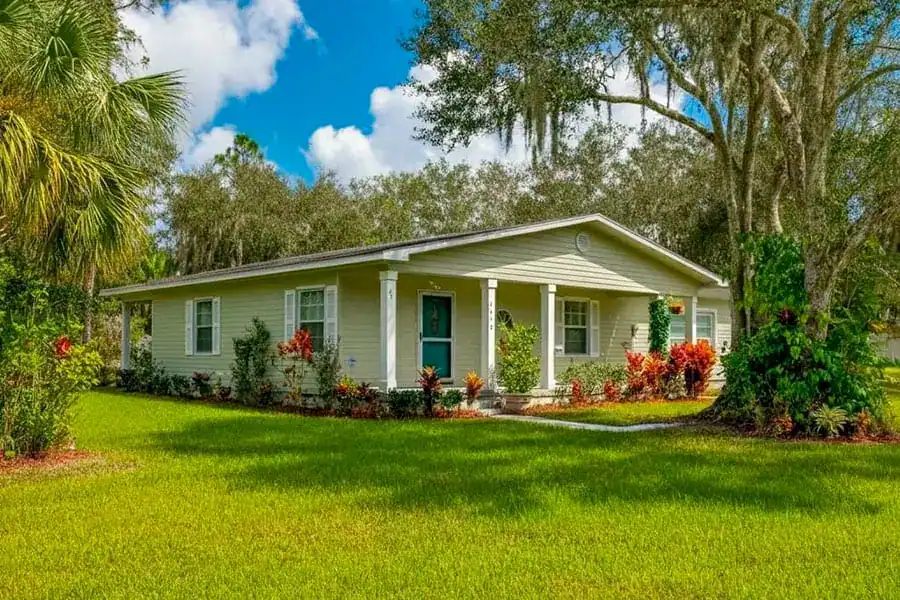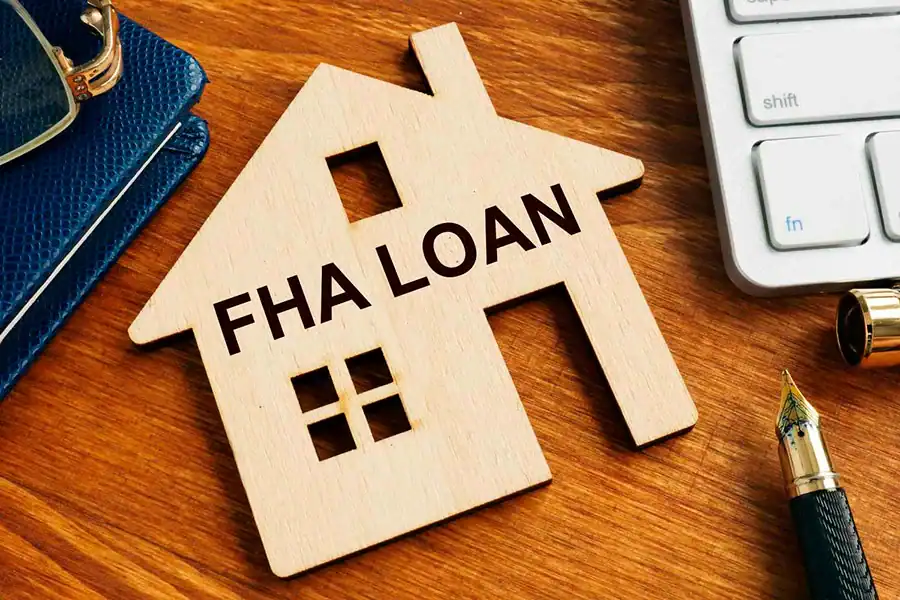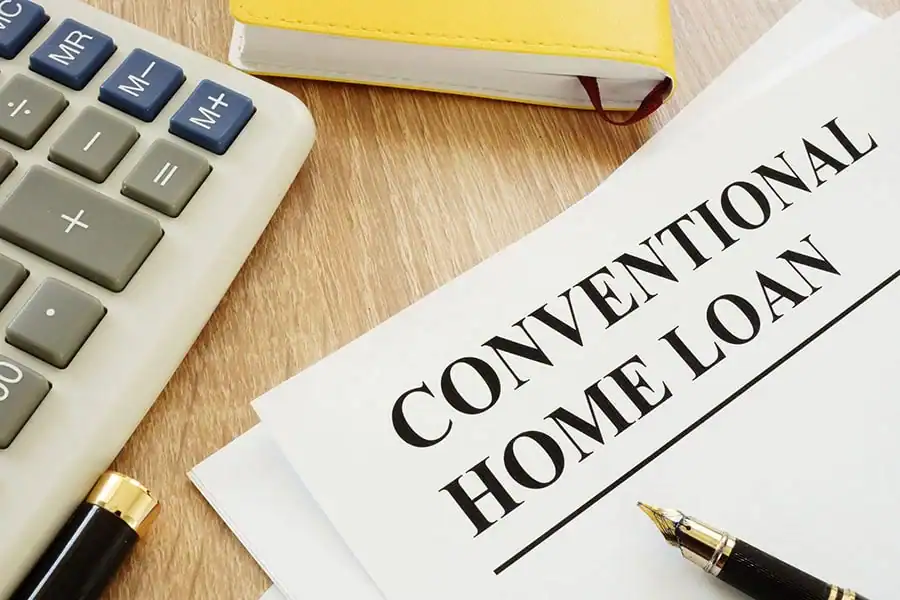How to Avoid Paying Private Mortgage Insurance (PMI) in Tampa, FL
Buying a home is one of the biggest financial decisions you’ll ever make. But along with your mortgage come several costs—like mortgage insurance, home insurance, and tax expenses—that can affect your budget each month.
Private Mortgage Insurance (PMI) is one of those costs. It’s a type of insurance policy that protects the creditor or bank (not the buyer) if the borrower stops making their payment or goes into default. For Tampa buyers, knowing how PMI works can save you real money and help you build home equity faster.
What Is Private Mortgage Insurance (PMI)?
When you apply for a conventional mortgage loan, lenders like Fannie Mae or private banks often require mortgage insurance if your down payment is less than 20% of the home’s price. The creditor sees that as a risk, since borrowers with less equity are statistically more likely to default.
PMI usually costs between 0.5% and 1.5% of your total loan amount per year. The fee depends on your credit score, income, and other financial factors such as your debt-to-income ratio. This ratio compares what you owe to what you earn.
Your lender may charge PMI upfront at closing, add it to your monthly mortgage payment, or do both. Once your home equity reaches 20%, you can usually cancel PMI.
Ways to Avoid Paying PMI
Since PMI is an additional cost to homeownership, most buyers want to avoid it if possible. Here are several strategies that Tampa homebuyers can use:
1. Make a 20% Down Payment
If you can, pay at least 20% of the price of your real estate purchase as a down payment. This gives you instant equity and removes the need for PMI.
For example, on a $450,000 home, putting down $90,000 in cash means your mortgage covers 80% of the property value—no mortgage insurance required.
👉 If you’re not sure how much house you can afford, check out our guide on how much to spend on mortgage payments.
2. Use a Piggyback or “Blended” Mortgage
A second mortgage or home equity line of credit (HELOC)—sometimes called an 80/10/10, 80/15/5, or piggyback loan—lets you borrow part of your down payment.
- The first mortgage covers 80% of the home price.
- The second mortgage covers 10%–15%.
- You make a 5%–10% down payment in cash.
Because the first loan is only 80% of the home’s value, PMI isn’t required. This approach works best for buyers with strong credit and income who want to minimize upfront costs without long-term insurance fees.
💡Note: Your second loan will likely have a higher interest rate, so weigh this option carefully with a financial advisor.
3. Lender-Paid Mortgage Insurance (LPMI)
Another option is lender-paid mortgage insurance (LPMI). Despite the name, the cost is still built into your loan—it’s just structured differently. The bank or creditor pays the insurance upfront, and you agree to a slightly higher interest rate for the life of your loan.
- You can pay a lump sum at the beginning of the loan.
- Or you can agree to a slightly higher interest rate for the life of the loan.
Keep in mind that while it seems like free funding, LPMI doesn’t cancel once you reach 20% equity—you’d need to refinance your mortgage to remove it.
4. Explore Government-Backed Loans
Certain loans from the Federal Housing Administration (FHA) or the U.S. Department of Veterans Affairs make it easier to qualify with little or no down payment:
- FHA loans allow a down payment as low as 3.5% and flexible credit standards. They include a mortgage insurance charge (called MIP) but can still make sense for first-time buyers.
- VA loans are designed for veteran and active-duty military buyers. There’s no PMI and no required down payment, though there is a one-time funding fee.
- USDA loans support rural and suburban homebuyers and include lower insurance costs.
Each of these home loans has its own policy, rate, and long-term financial impact, so discuss the best option with your real estate agent or creditor.
FHA vs. Conventional PMI Duration Comparison (Tampa Buyers)
Homebuyers in Tampa often compare FHA and Conventional loans based on how long mortgage insurance lasts. Here’s a simple breakdown to help you decide which may work better for your financial plan:
| Loan Type | Minimum Down Payment | Insurance Type | When It Ends | Best For |
|---|---|---|---|---|
| Conventional Loan | 3–20% | Private Mortgage Insurance (PMI) | Can be canceled at 80% LTV or automatically ends at 78% per your amortization schedule | Buyers with stronger credit and steady income |
| FHA Loan (<10%) | 3.5% | Mortgage Insurance Premium (MIP) | Lasts for the life of the loan | Buyers needing flexible credit score or debt tolerance |
| FHA Loan (≥10%) | 10% | MIP | Cancels after 11 years | Long-term investment buyers |
| VA Loan | 0% | None (funding fee only) | No PMI or MIP | Veterans and eligible service members |
💬 Definition: Amortization Schedule — a chart showing how each monthly payment is divided between principal and interest over the life of your loan. It helps you track when you’ll reach key milestones, like 80% loan-to-value (LTV), which determines when mortgage insurance can be removed.
💡 Tip for Tampa Homeowners: Because local home values have risen rapidly, refinancing into a conventional loan once you reach 20% equity can remove FHA mortgage insurance sooner and lower your monthly payments.
Tampa Loan-to-Value (LTV) Examples
To see how much equity you need to remove PMI, here’s an example based on the average Tampa home price of $450,000:
| Down Payment % | Down Payment ($) | Loan Amount ($) | LTV Ratio | PMI Required? |
|---|---|---|---|---|
| 5% | $22,500 | $427,500 | 95% | ✅ Yes |
| 10% | $45,000 | $405,000 | 90% | ✅ Yes |
| 15% | $67,500 | $382,500 | 85% | ✅ Yes |
| 20% | $90,000 | $360,000 | 80% | ❌ No |
| 25% | $112,500 | $337,500 | 75% | ❌ No |
Want to crunch your own numbers? Try our Mortgage Calculator to see how your down payment, interest rate, and loan term affect your monthly cost and PMI timeline.
📍 Local insight: Many Tampa buyers start with less than 20% down and later refinance their mortgage once their home appreciates. This helps remove PMI and unlock lower monthly payments.
When Does PMI Stop?
Under the Homeowners Protection Act, lenders must automatically cancel PMI once your mortgage balance reaches 78% loan-to-value (LTV) based on the home’s original purchase price. You can also request cancellation once your balance hits 80% LTV, as long as you’re current on payments and your property hasn’t declined in value.
Another option is to refinance your loan if your home value has risen—something many Tampa homeowners have seen in recent years. A mortgage refinance can remove PMI and potentially lower your rate.
Keep Your Finances on Track
Managing your mortgage, credit card payments, and debt responsibly helps you maintain a healthy credit score. Setting a realistic budget for expenses like home insurance, taxes, and maintenance keeps your investment stable.
If you’re unsure which option is best, talk with a licensed financial advisor who can help you compare rates, fees, and funding choices based on your income and goals.
FAQ
Can I remove PMI without refinancing?
Yes. You can ask your loan servicer to cancel PMI when your loan-to-value (LTV) reaches 80% based on the home’s original value. You’ll need to be current on payments and may be asked for an appraisal to prove value. PMI ends automatically at 78% if you’re on time. If your home’s value went up a lot, you can also request removal early with a new appraisal.
Does the Federal Housing Administration still require mortgage insurance?
Yes. FHA loans use Mortgage Insurance Premium (MIP). With a down payment under 10%, MIP lasts for the life of the loan. With 10% or more down, MIP drops off after 11 years. Many homeowners switch to a conventional loan later to remove MIP.
How does my credit score affect PMI cost?
A higher credit score usually means lower PMI. Lenders see you as lower risk, so the insurance rate is better. A lower score can raise PMI and your monthly payment. Paying on time, reducing credit card balances, and keeping total debt low can help improve your score.
Talk to a Local Mortgage Expert
Avoiding PMI isn’t just about saving money—it’s about long-term finance and peace of mind. At Ebenezer Mortgage Solutions, our experienced mortgage brokerage team helps Tampa buyers find the right path to homeownership, whether that means avoiding PMI, exploring refinancing, or finding the best home loans for your future.
Ebenezer Mortgage Solutions
📍 3638 W Cypress St, Tampa, FL 33607
📞 (813) 284-4027
Schedule your Tampa mortgage consultation today or start your pre-approval online.
About the Author
Yuleisy Gonzalez Alvarez – Licensed Mortgage Broker (NMLS #1912387)
Yuleisy is the founder of Ebenezer Mortgage Solutions, a trusted mortgage broker in Tampa, FL, specializing in home loans, refinancing, and real estate guidance for Florida buyers. With years of experience helping families secure affordable mortgages, she provides accurate, transparent advice backed by professional licensing.






